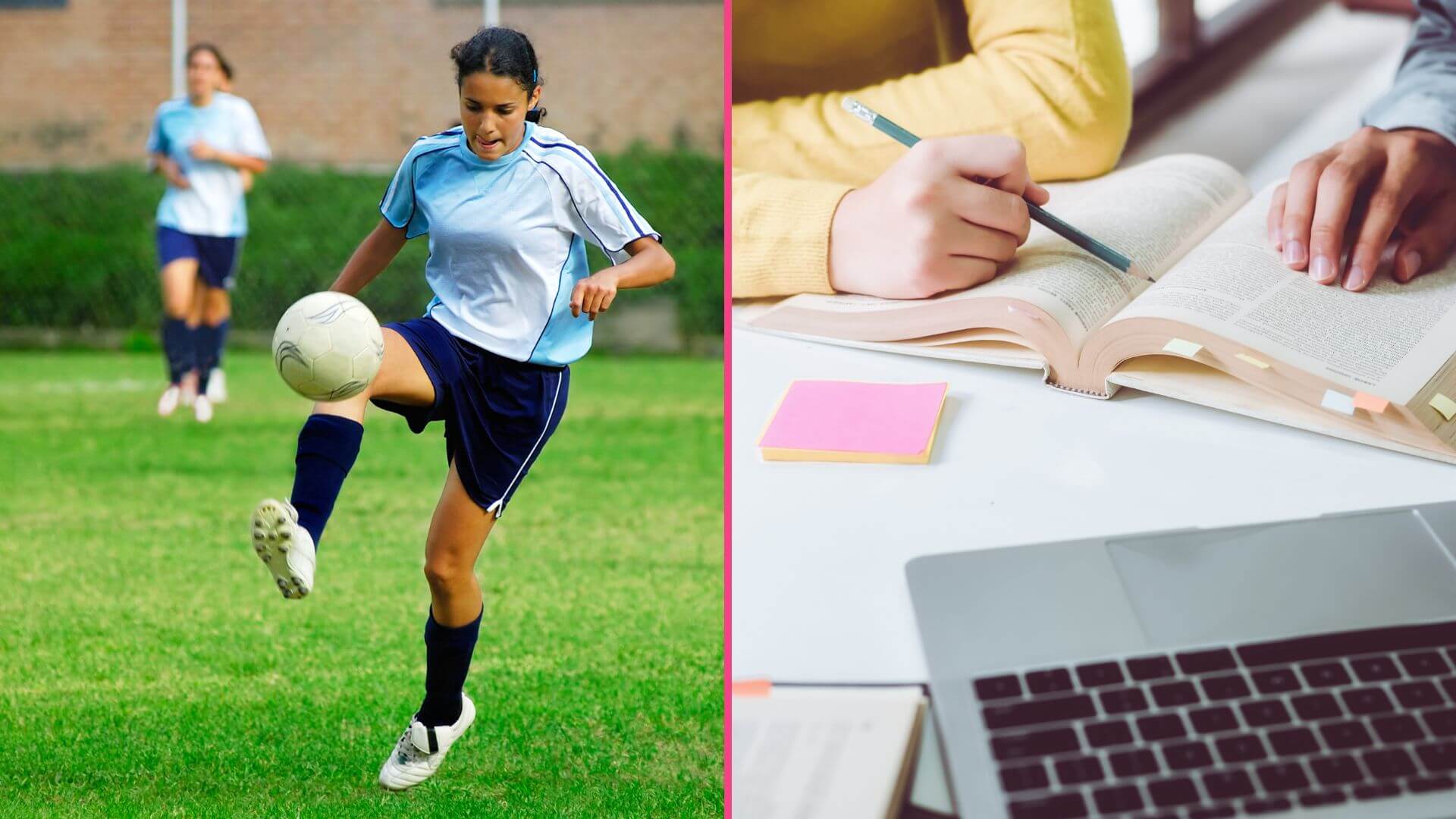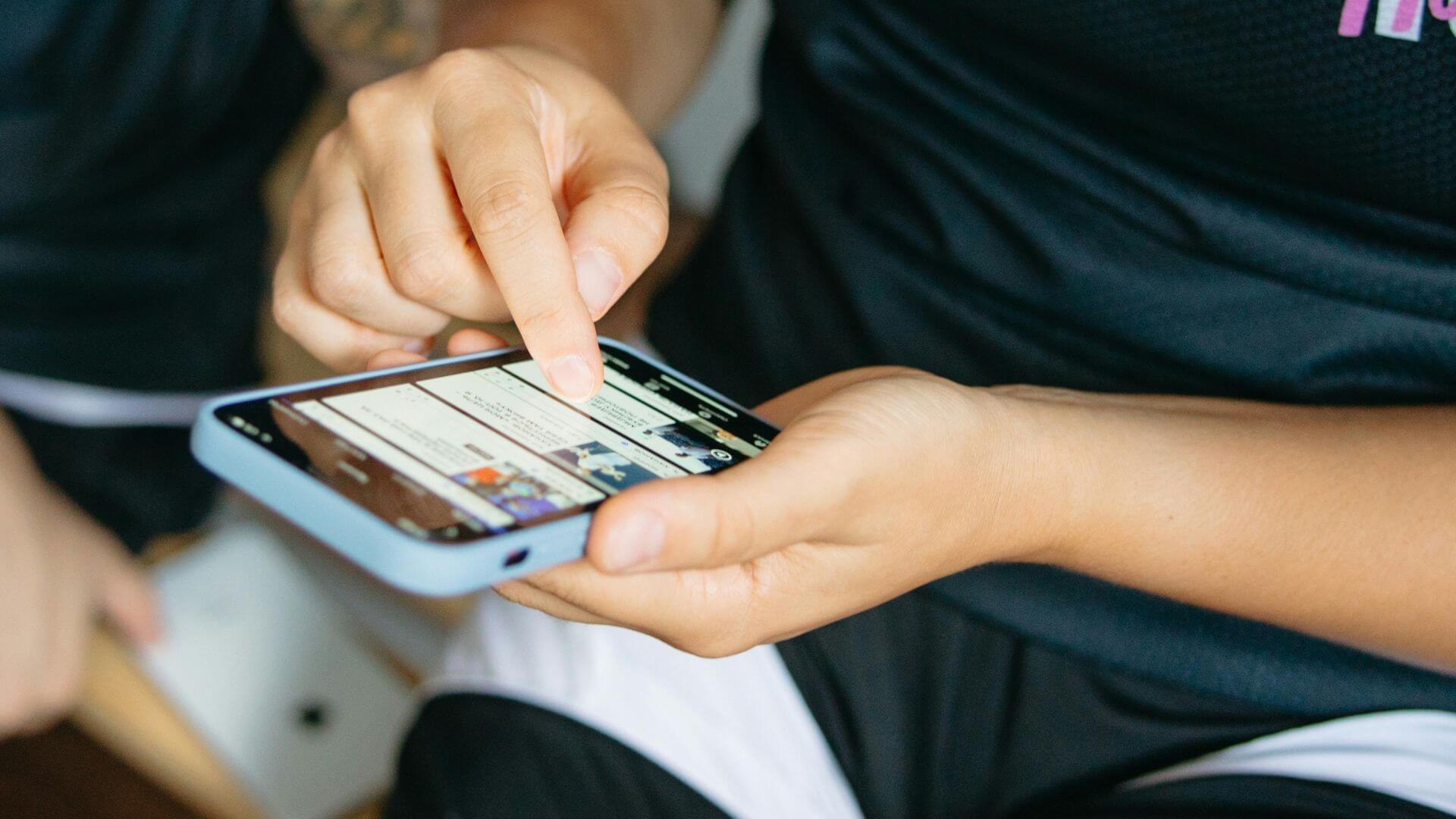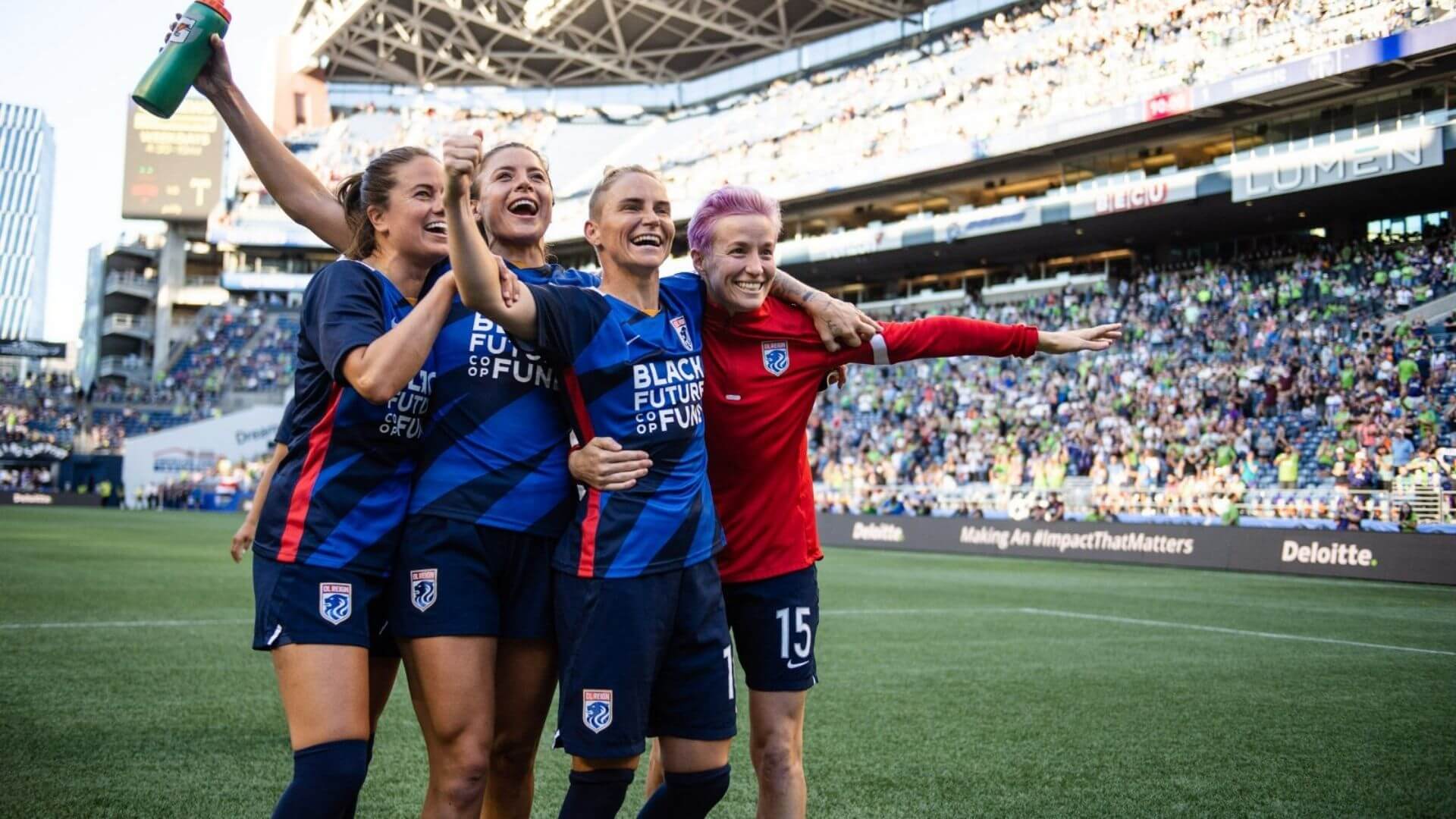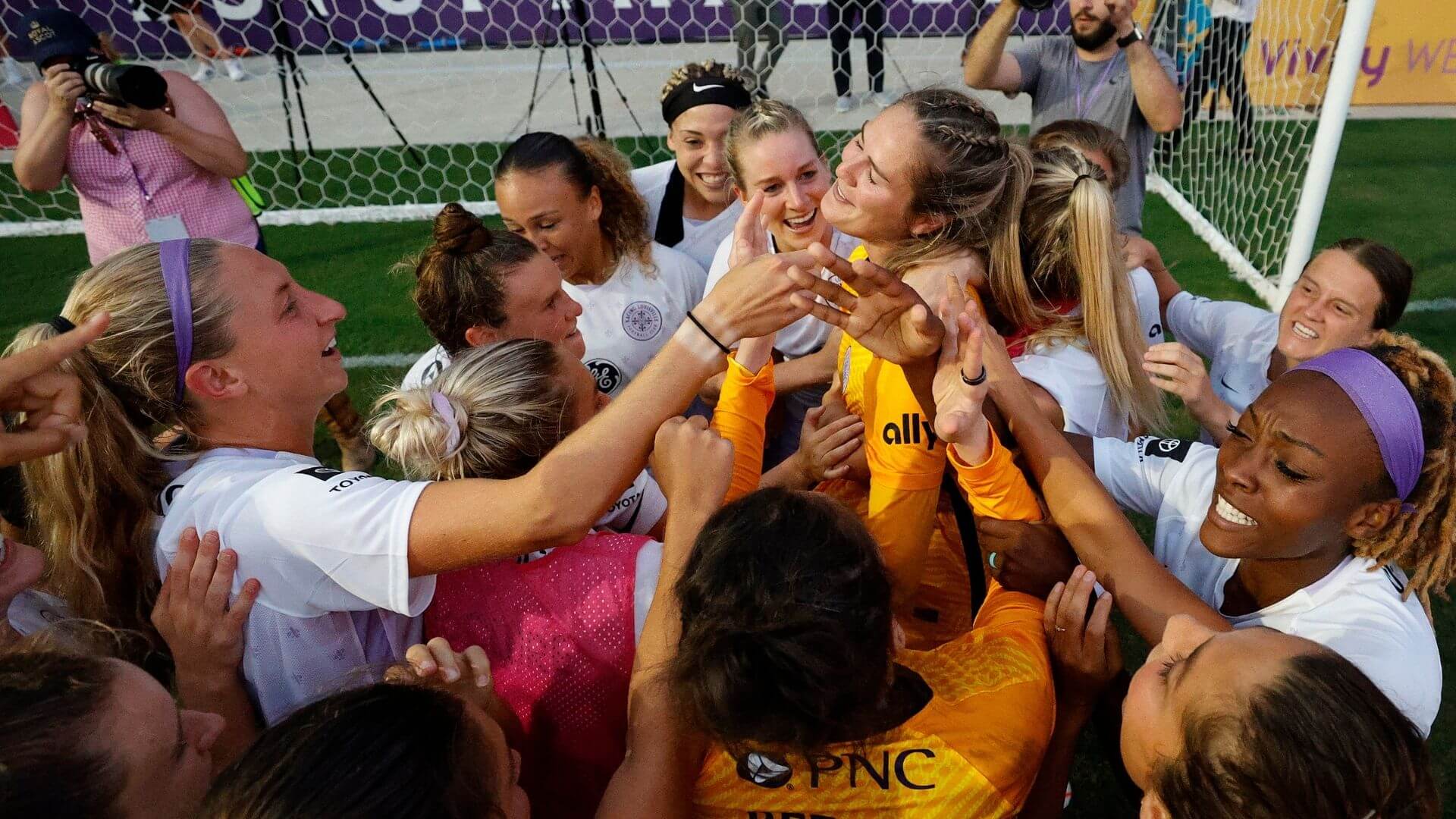Home » Blog » Lifestyle » Advice & Opinion » Why Goal-Scorers Are Converted Into Outside Backs
Why Goal-Scorers Are Converted Into Outside Backs
Over the past few years, we are seeing teams’ most prolific goal-scorers being displaced. Managers have encouraged these attackers to get comfortable in a new home in the defense as outside backs.
Crystal Dunn, Rachel Daly, Sofia Huerta, and Kelley O’Hara are just a few who have transitioned from forward to outside back.
Understandably, a lot about the move can be uncomfortable for these individuals as they take on critical defensive responsibilities. However, in looking at the game’s evolution, harnessing the qualities of forwards in an outside back makes a lot of sense.
More than two decades ago, a change occurred in how coaches began to conceptualize and utilize the outside back. As with most things in history, exactly who precipitated this avante-garde development varies based on who you ask.
Regardless, to put it nicely, for a long, long time, outside backs were not something you wanted to be. In many ways, they were the weakest link on the team in a few important categories–not physical enough to be a central defender, not technical enough to be in the front line.
Though, moving into the 2000s, the outside back got a makeover. Legendary Arsenal coach Arsene Wenger is considered a major figure in this shift, asking more of his outside backs than many other managers at the time.
Increasingly, he asked these players to get up in the attack while also attending to their defensive duties. It required an incredible work ethic, but the potential it could unleash was exciting.
Why? Having an outside back who gets forward adds a new layer of dynamic attacking opportunities. Offensively, no one is naturally responsible for marking an outside back because, well, they are a defender.
When this player moves up and gets involved in the final third, the opposing defense is forced to decide–do they mark this incoming outside back but abandon the midfielder or forward they should be paying attention to? Forcing decisions means attacking options open up as players become free.
It can also be very hard to cover the hard vertical run of an outside back down the flank instead of some of the more diagonal and horizontal runs of other attacks. It is the kind of tactical magic that makes a coach salivate.
So, outside backs were increasingly encouraged to be more offensive-minded. This meant changing what the “ideal” outside back looked and played like. One thing was clear: they needed to be incredibly fit to get up and down the field on both sides of the ball.
Also, now that they were in the final third more, they needed to be more technical. They needed to be able to dribble, be creative and take people on 1v1 to make things happen. They also needed to be strong on the ball for both of their jobs.
Considering all this, one sees why forwards and outside mids started to be pushed down the field more by their coaches. This is because they possessed many qualities this Outside Back 2.0 was to have.
On the men’s side, some of the most famous and talented outside backs, like Jordi Alba, Patrice Evra, and Fabio Coentrao, were once attackers.
More and more, young players who are dabbling in the position are taught from the start that attacking is just as important a part of their game that they will need to fine-tune as the defending is.
Perhaps unsurprisingly, the women’s game is slightly behind in grooming this kind of outside back at the youth levels. As a result, players have been converted a bit later in their careers. However, for all the good that brings in the final third, it obviously can mean a potentially risky learning curve on the defensive side of things.
Fans of the game know all too well that the outside back position was one of the biggest talking points of Jill Ellis’ USWNT. She struggled to find and prepare players with the highly-coveted mix of attacker and defender.
For all those forwards and outside mids out there managing the trials and tribulations of a move into the backline, know that the modern outside back is the most dynamic, multi-dimensional player on the field. It is a hat tip to your mental and physical fortitude.
Let’s think about how this–to be able to whip a cross into the box, turn around to tackle an opposing player with superhero cardiovascular fitness–is pretty special!
Featured image via Getty Images
_
GIRLS SOCCER NETWORK: YOUR SOURCE FOR GIRLS SOCCER NEWS













